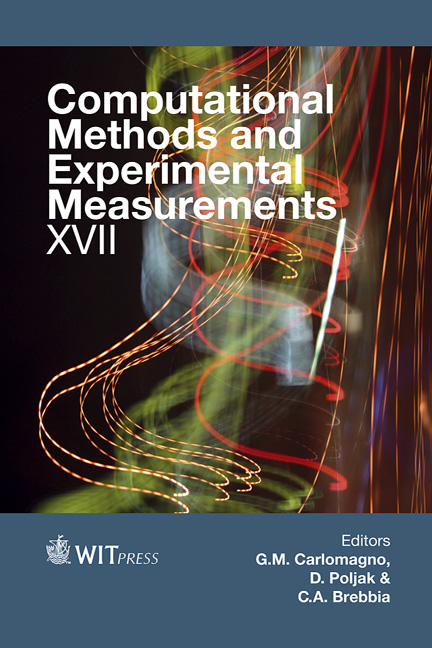Computational Modelling Of Elastomeric Materials To Fit Experimental Data
Price
Free (open access)
Transaction
Volume
59
Pages
10
Page Range
269 - 278
Published
2015
Size
519 kb
Paper DOI
10.2495/CMEM150241
Copyright
WIT Press
Author(s)
S. Hernandez, E. Menga, S. Moledo
Abstract
The mitigation of the vibrations of components and structures, through the use of rubber mounts, is a common practice in many industries, such as in automotives and aeronautics or energy. It is a very important issue, because it is a key factor not just for the fatigue life but also for matters of comfort. On the other side, these industries make extensive use of finite element models to predict the dynamic behaviour of structures. Therefore, it means that the non-linear constitutive equations of rubber mount devices need to be properly integrated into the global analytical model. The quasi-static and dynamic behaviour of these devices can be quite complex, because they are usually done by a steel cover with an elastomer inside. Experimental test campaigns are usually carried forward to characterize the quasi-static and dynamic behaviour in terms of dynamic stiffness and loss factor. The experiments are designed to determine dependency on the frequency, the dynamic amplitude, the temperature and the preload.
In this paper an optimization methodology, combining hyper-elasticity, viscoelasticity and elasto-plasticity constitutive equations will be presented to obtain representative elastomeric behaviour, able to fit the experimental data in hand and to predict the rubber mount behaviour in load conditions different from those tested. The numerical results obtained are in very good agreement with the experimental data.
Keywords
elastomers, hyperelasticity, elastoplasticity, viscoelasticity, aircraft structures, optimization methods





